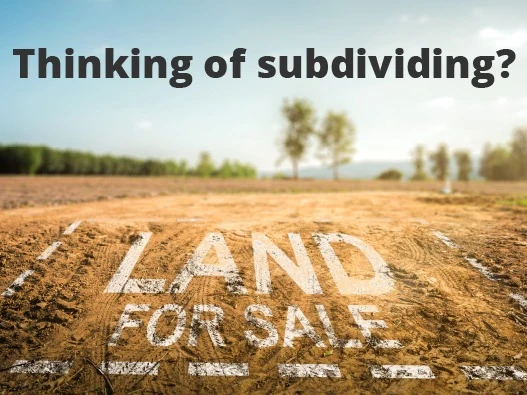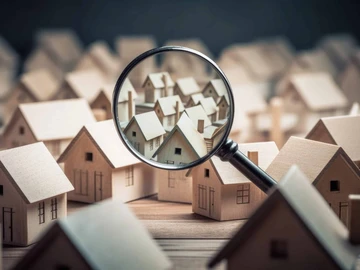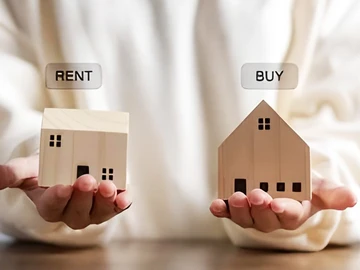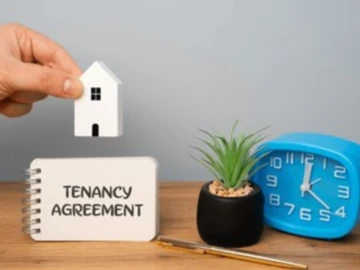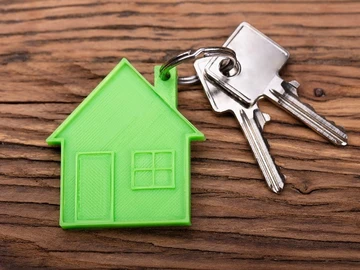When it comes to purchasing land for subdivision in real estate, every dollar counts. With urban land in high demand and property prices soaring, developers must carefully evaluate each aspect of their investment. The right pricing strategy for sub-divisible land can make the difference between a profitable venture and a costly misstep. This guide breaks down the key property development costs you should consider when calculating the maximum price you should pay for a piece of land, along with expert insights, examples, and statistics to help you make informed decisions.
1. Acquisition Costs: The True Cost of Ownership
Acquisition costs go beyond the land’s sticker price. On top of the initial purchase price, expect to pay transfer fees, legal costs, and additional charges that make up approximately 5-6% of the land's purchase price. According to industry surveys, nearly 85% of developers report that these "hidden" costs catch them off guard. For example, if you're purchasing property for $100,000, prepare for an extra $5,000 to $6,000 in closing and legal costs. Planning for these expenses from the outset helps you avoid unpleasant surprises later in your real estate development process.
2. Endowment and Town Planning Fees: The Price of Compliance
Local councils often require developers to either contribute a percentage of the land value (typically around 10%) or pay an equivalent fee. In Zimbabwe, for instance, this "endowment" can represent up to 10% of the land's value. Additionally, you’ll incur fees for town planning consultations and land surveying. Consider this scenario: a developer in Harare purchasing a $200,000 plot may end up paying an additional $20,000 in endowment fees alone. Including these costs in your budget from the beginning can ensure smooth processing through council requirements and avoid delays in property development timelines.
3. Unsellable Land: Accounting for Non-Marketable Spaces
It’s easy to assume that every square meter of a land parcel will yield profit, but reality often differs. Some portions of land may be unsuitable for selling, such as rocky areas, water bodies, or portions reserved for communal space or infrastructure. In a survey by the National Real Estate Institute, developers reported that, on average, 7-10% of sub-divisible land turns out to be unmarketable. For example, a real estate developer in Bulawayo discovered that a sizable dam on a 10-acre plot made 0.5 acres unsellable, impacting potential earnings. Always evaluate the geography and topography of the land to anticipate such losses.
4. Servicing Costs: Turning Raw Land into Valuable Stands
To make the land attractive to property buyers, you’ll need to invest in utilities and infrastructure. Servicing includes water, sewerage, electricity, and often road access. Research shows that these services can account for up to 20% of total development costs. For instance, in South Africa, the average cost to fully service a residential plot ranges between $5,000 and $8,000. Factor in these costs to ensure your pricing covers both property acquisition and development expenses.
5. Holding Costs: The Cost of Time
Every month that land sits unsold, it costs you money. Holding costs can include council rates, taxes, and interest on any financing used to acquire the land. In rapidly developing areas, these fees are manageable; however, in slower markets, holding costs can eat into profit margins. A property developer who bought land in Mbare, Harare, reported paying $1,200 in council rates and $2,000 in taxes over an 18-month holding period. To avoid losses, factor in the expected holding time and associated costs, particularly if your project involves lengthy development phases.
6. Selling Costs: Making the Property Visible and Attractive
Once your property listings are ready, selling them involves its own set of expenses. Expect to incur real estate agent commissions, marketing, and promotional costs to attract property buyers. According to real estate analytics, commission rates average around 3-5% of the sale price per stand. For instance, if you’re selling 20 stands at $50,000 each, at a 4% commission rate, you'll pay $40,000 in total commissions. Additionally, advertising costs on property sites, social media, and local media should be budgeted for as part of selling costs.
7. Developer’s Risk and Profit: Factoring in Your Reward
Taking on the responsibility of subdividing, servicing, and selling land involves risk, and that risk needs to be compensated. Developer profit margins typically range between 15-25%, depending on market conditions. For instance, in Zimbabwe’s high-demand urban areas, profit expectations lean towards the higher end of this spectrum. If a developer buys land for $200,000 and incurs $150,000 in additional costs, aiming for a 20% profit margin means pricing the stands to achieve a return of at least $70,000. Calculating this margin ensures that your time, effort, and financial risk yield a fair return.
8. Capital Gains Tax: Planning for the Final Deduction
Finally, once the subdivided land is sold, capital gains tax (CGT) will apply. CGT rates vary by country, with Zimbabwe applying a 20% rate on profit made from the sale of real estate. For instance, if you sell stands that generate a $50,000 profit, expect to pay $10,000 in capital gains tax. By including this in your pricing calculations, you protect your net earnings from any surprises at the end of the project.
Conclusion: Pricing with Precision in Property Development
By understanding and planning for these property development expenses, developers can set prices that cover costs and achieve desired profit margins. Accurate pricing is essential not just for financial success, but for building trust with buyers who want to know they’re purchasing a well-developed, thoroughly considered property. Whether you’re a first-time developer or an industry veteran, factoring in acquisition costs, servicing fees, holding costs, selling expenses, and taxes is key to ensuring your project’s profitability.
 Continue with Facebook
Continue with Facebook
 Continue with Email
Continue with Email

